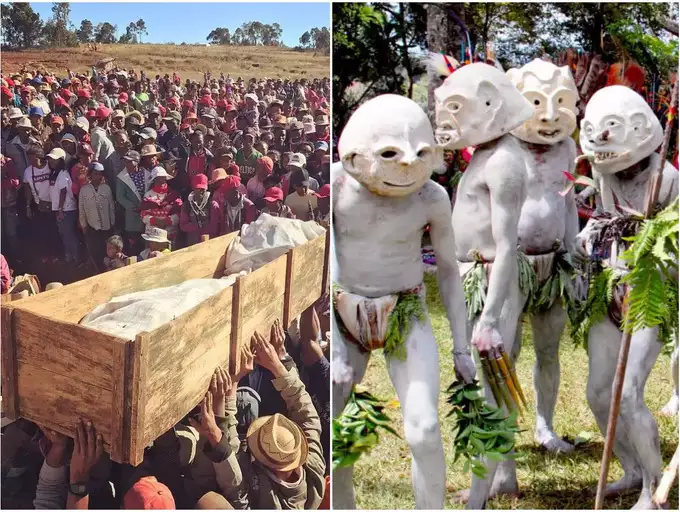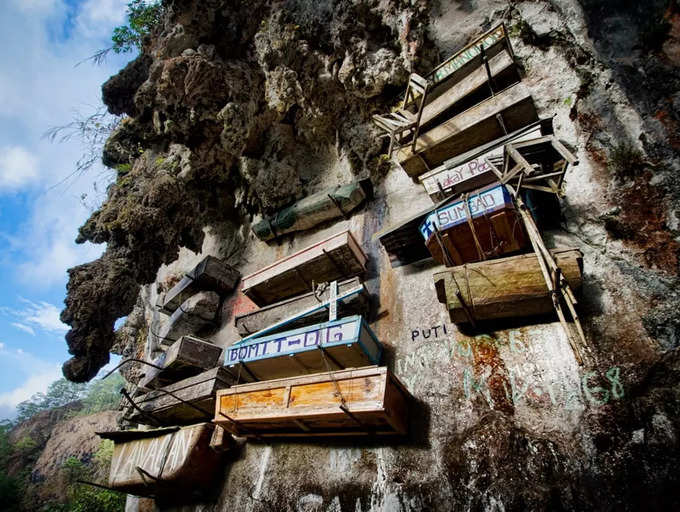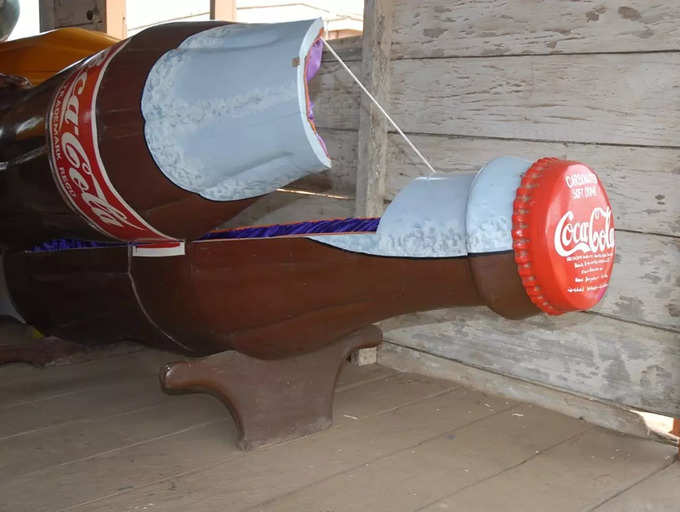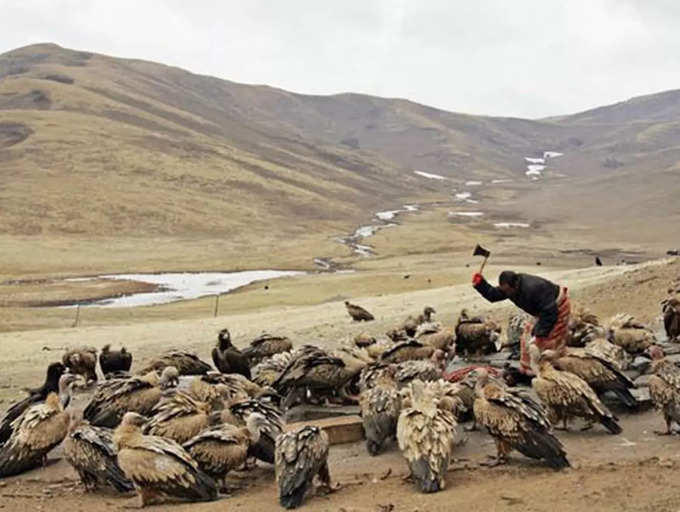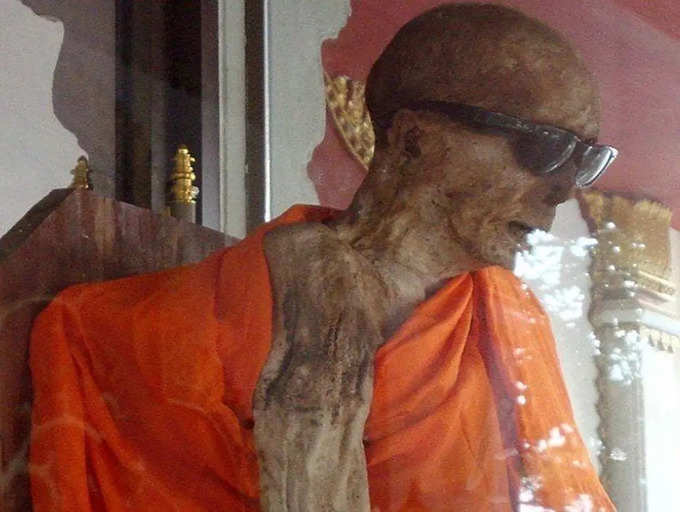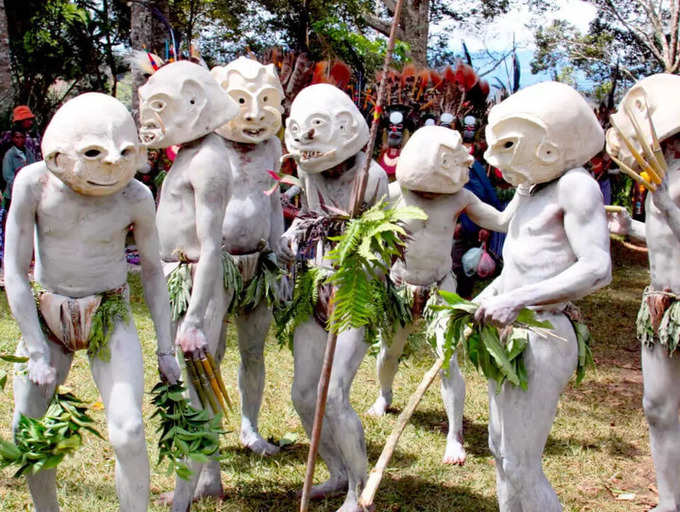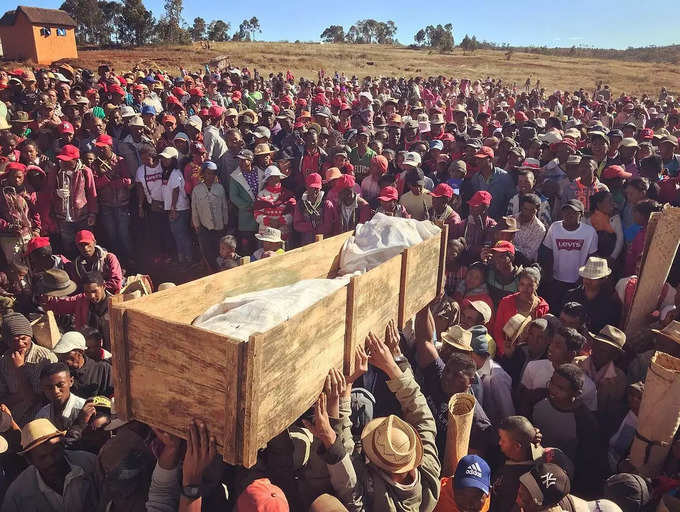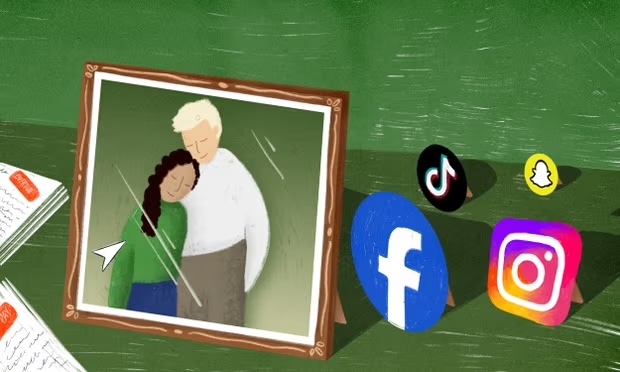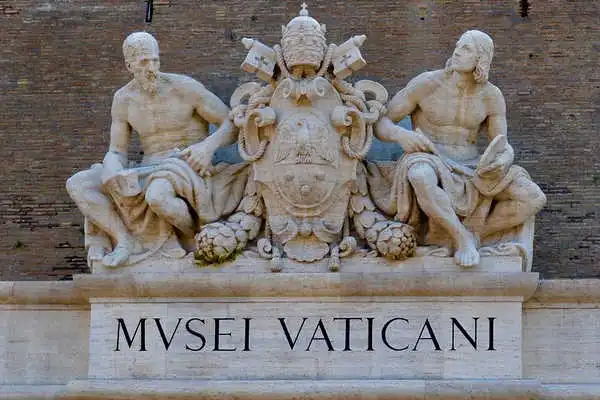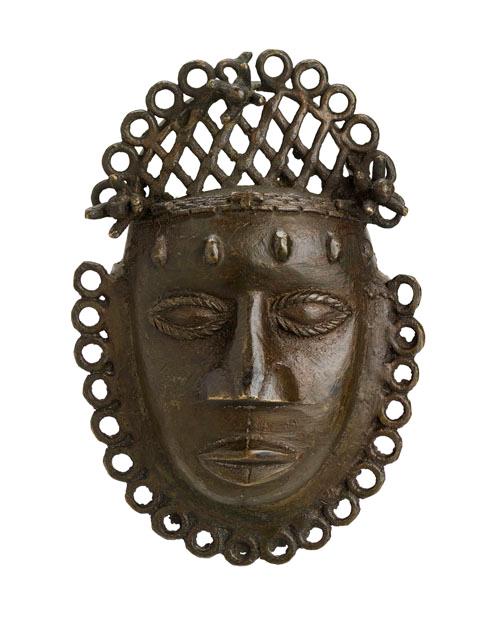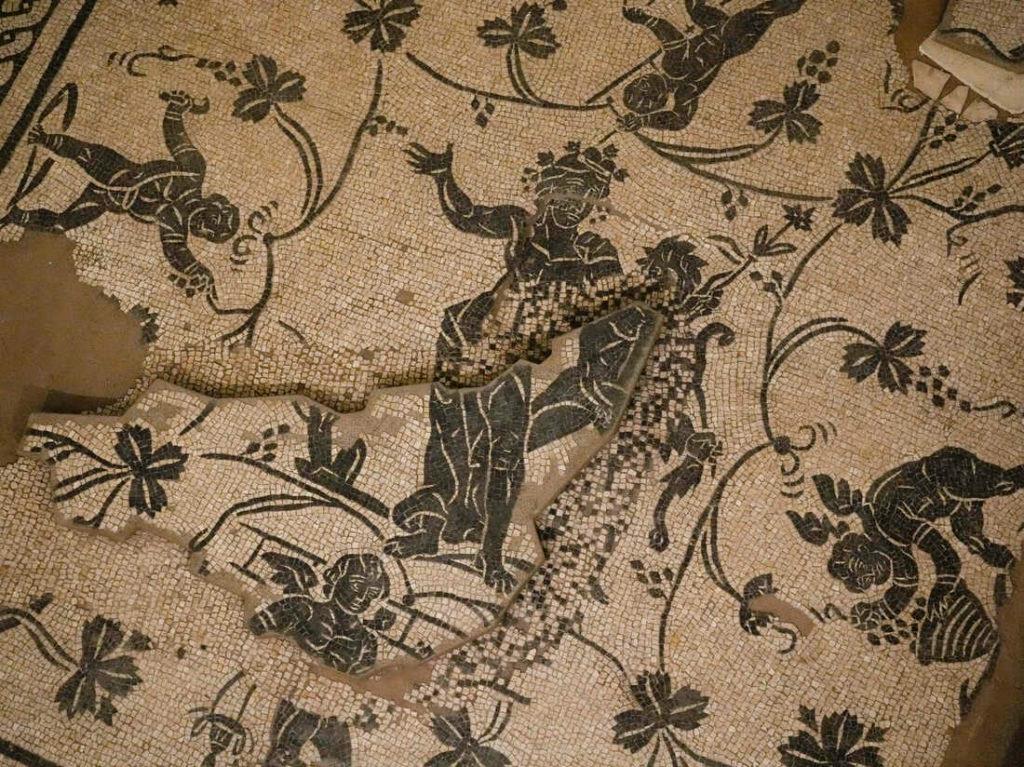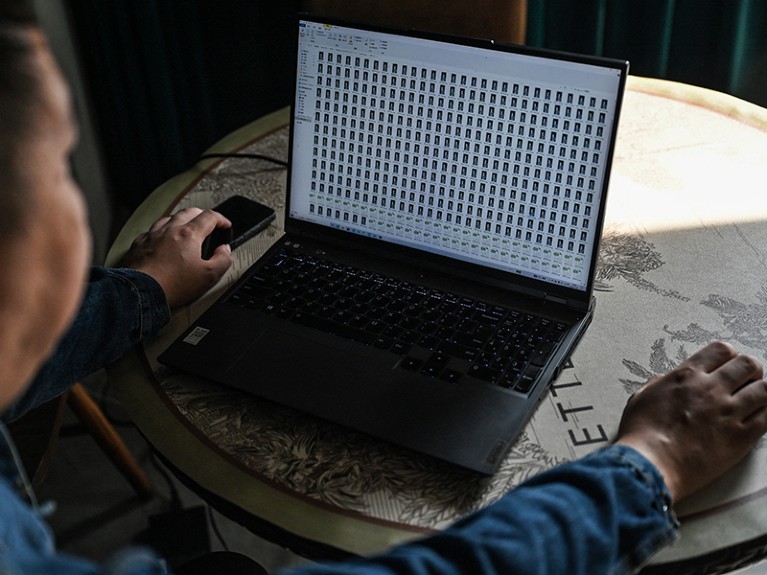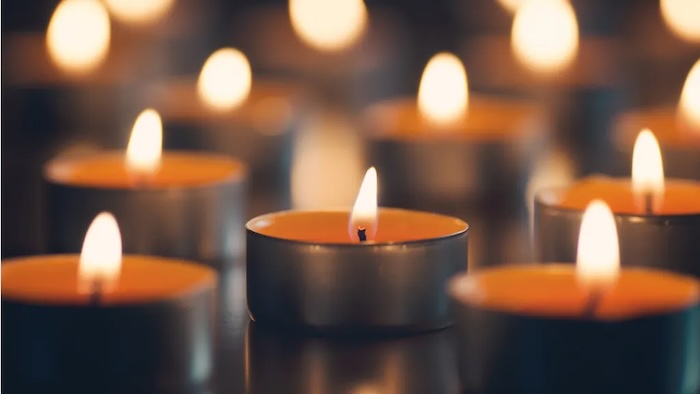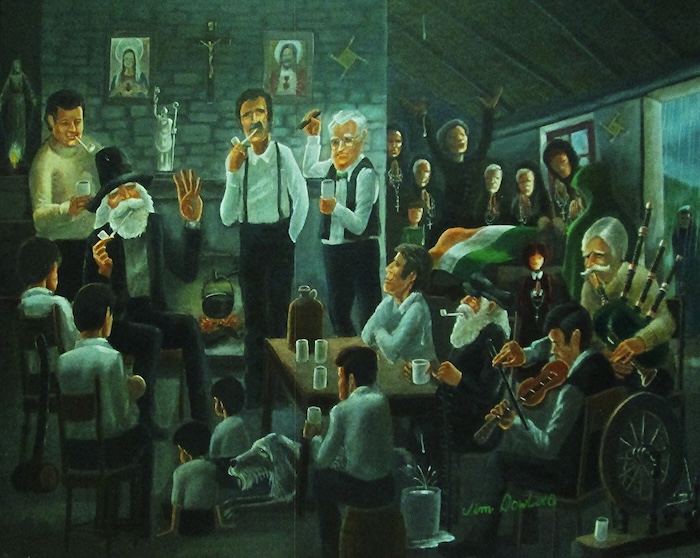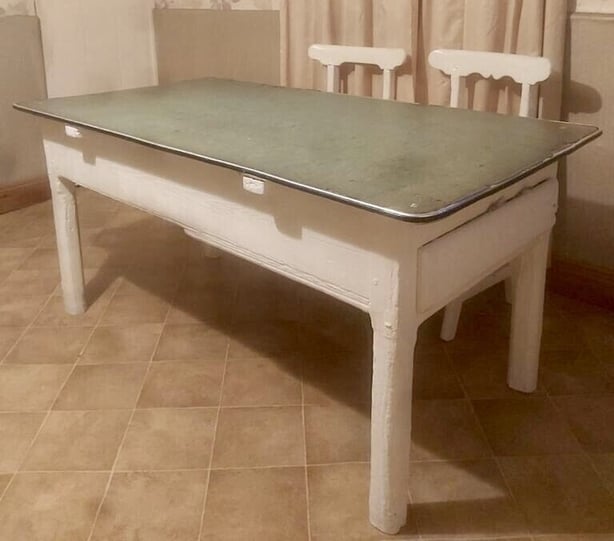— When my father died suddenly of a heart attack, I was thrust into an unfamiliar world of grieving
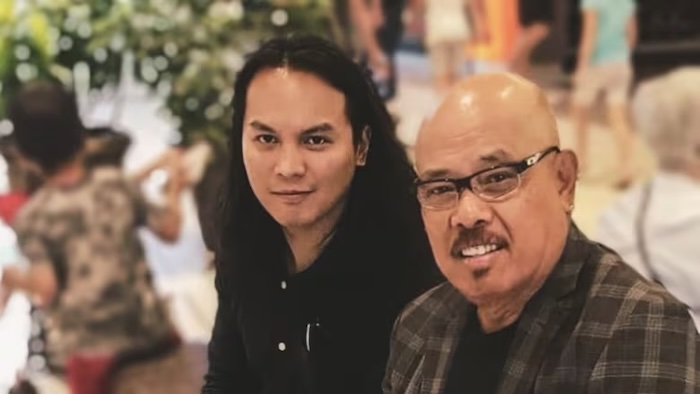
by Jim Agapito
After his father’s sudden death while on vacation in the Philippines, Jim Agapito rushed to his funeral. But when he arrived from Canada, he was thrown into an unfamiliar world where his sombre understanding of mourning was replaced by superstition and festivities.
It took three days to get to my dad’s funeral in the Philippines because of a chaotic string of flights and cancellations: Winnipeg to Vancouver, Vancouver to Tokyo and Tokyo to Manila. When I landed, it took another four-hour drive to my mom’s home in a small, rural area called Jaen, Nueva Ecija.
I was tired and devastated. When I saw the coffin, all I wanted to do was burst into tears. But I couldn’t.
Crying on the coffin is bad luck, I heard in my mind. It’s what I had been told again and again by my Filipino family, who were all intent on observing Filipino customs and superstitions for my dad’s journey from the living to the afterlife
Imagine that. You rush halfway around the world to grieve your father’s death but don’t cry on the coffin because it could curse both of you.
I thought, Rest his soul, Dad is already dead. Who would be getting the bad luck?
I felt torn standing before his coffin, surrounded by family and friends who seemed to be keeping it together. On the inside, I was a wreck, and I just wanted to grieve for my father the only way I knew how. I wanted to cry. I wanted to be sad. I wanted to be alone with my mom and my brother.
But in the Philippines, there’s an unwritten but important rule: No one grieves alone, and it’s the family’s duty to create a happy atmosphere for grieving loved ones. Even if that means karaoke.

Fulfilling my father’s dream
This push and pull of how to grieve was a shock because it had been 34 years since I’d been to the Philippines. I was born in Canada and visited my parents’ homeland only once when I was nine.
After they retired, my parents split their time each year between the Philippines and Winnipeg. Dad was in the Philippines for Christmas when he suddenly died of a heart attack.
It was my dad’s wish that my older brother and I would explore this country he loved so much. And there I was, fulfilling his dream under the worst circumstances imaginable.
I’ve been exploring my Filipino culture through a podcast I host called Recovering Filipino. I delve into everything from why we as a community love basketball so much to what’s the obsession with sweet spaghetti.
But all of that exploration and learning didn’t quite prepare me for this deep dive into Filipino customs surrounding death.
A different way of grieving
Funeral parlours are expensive in the Philippines and there is no refrigeration for the body.
Instead, my dad’s coffin was placed in the living room of my family’s home. A home that consisted of my entire extended family — Lola (grandma,) three aunts, three uncles, five cousins and their children.
The house is big, but it’s also in a rural environment and a farm. As a city-slicker living in Winnipeg, It wasn’t like any of the Manitoban farms I went to on school trips in grade school. Our family home in the Philippines was an open door. It felt like every cat and dog in the neighbourhood roamed in the house, and goats and chickens roamed the yard. My family had to rearrange their living space based on burial tradition and superstition to accommodate the funeral. People argued about the proper procedures for mourning and how the donation box should be presented (one aunt said it has to be covered in a certain way or it’s bad luck).

When my extended family gave their condolences and tried to talk to me, it would go in one ear and out the other. It felt like there were too many people surrounding me, and there was an expectation to entertain the guests who came for the funeral. It was a nightmare.
Dad’s funeral also coincided with Christmas. Christmas to Filipinos is like the Super Bowl of holidays. It’s the absolute biggest event of the year. Everyone is celebrating.
I was unprepared for this highly superstitious, party-the-pain-away take on mourning.
After the funeral service, we had a party to celebrate my dad’s life. Filipinos don’t believe the family should be alone and sad; it’s the job of the guests to make sure the family will be OK.
The party atmosphere was hard for me to stomach. I felt guilty for having fun after my dad died. I thought about locking myself in a room and just crying. In fact, I did try doing that at first but it’s something my family wouldn’t let me do.
Instead, they took me to shopping malls, public markets and to eat all the sugar and fried chicken my body could inhale. There was dancing, there was karaoke singing, and they even took me to ride ATVs and hold snakes at an agriculture and off-road park.
Initially, it was uncomfortable and strange to mourn like this, but I soon realized that being surrounded by family in this way actually made the initial grieving process easier.

Even the dead aren’t left alone.
Filipinos believe the body must have company so that the person can go to heaven peacefully. They believe mourners must stay with the body for at least three days so the person’s soul knows they’re dead but they have family to support them on their journey to the afterlife. It’s called the Lamay or wake.
Although many people I met in the Philippines for the funeral were strangers to me, they showed me that my dad always made people feel like they were not alone.
“You’re probably unaware, but your dad was why I could attend college,” one of my cousins told me. He helped pay for that cousin’s tuition for several years.
I heard so many stories like this.
Dad’s body wasn’t cremated with the casket. Initially, this made me angry. It felt like he was being cheated somehow. But then my mom told me, “We didn’t burn the coffin so it could be donated to a family. People here are poor. It’s something your dad would have wanted.”
A different type of loss
I see now that my dad was a guy who loved living life. He liked to have a good time, so celebrating his life with laughter, singing and dancing made sense.
But how do I reconcile that with my understanding of mourning?
Back home in Canada, I often think about the time with my family in the Philippines. They helped me get through a lot of difficult times when the crushing weight of my dad’s death left me paralyzed and speechless. They taught me it’s OK to let loose and have fun.
It’s been hard being back in Canada. I feel so alone. I don’t have the warm and fuzzy security blanket of the family to grab me when I feel sad. But my mom reminds me that all of them, including her, are just a video message away.
Complete Article ↪HERE↩!

